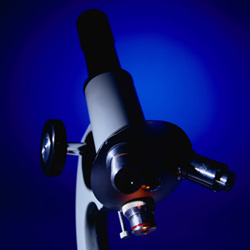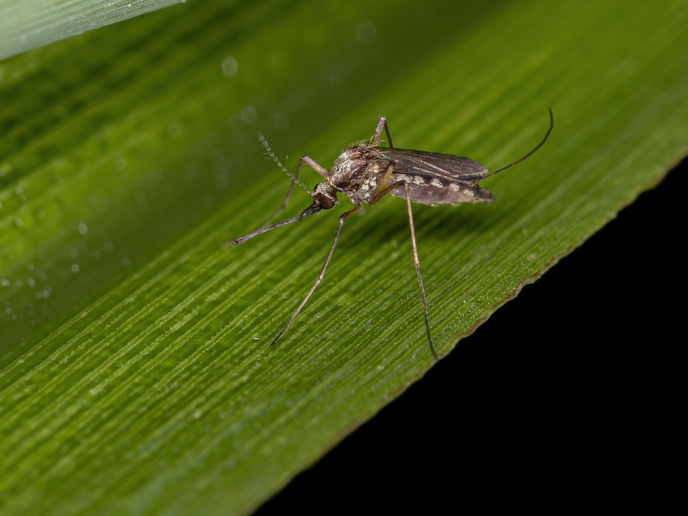Exposure to T-rays and implications
T-rays constitute the meeting point between radio-wave and light spectrum that has been undetectable until recently. In particular, the Terahertz (THz) gap is limited in the frequency range of 100GHz (above the microwave region) to 20THz (close to the infrared frequencies). Thanks to the latest advancements in the laser technology, it is possible to generate and detect the bandwidth of T-rays. Urged by this, the THz-BRIDGE project studied the interaction of the cutting-edge technology of T-rays with various biological systems. Such systems included bio-molecules, cell membranes and nuclei, as well as tissues. This study offered the opportunity to investigate potential damages and provided useful information on the development of biomedical imaging and analysis within the respective spectral range. Part of the project work involved a survey on the use of THz sources at occupational sites and recommendations on exposure conditions. In total twenty-five groups provided data on thirty-four different sources that were mostly short pulse solid-state lasers. Additionally, the survey showed that groups using free electron lasers took primarily precautions against THz radiation, such as excessive shielding of accelerators. However, no record keeping of exposure of occupational workers existed despite the concerns raised by five groups about the associated risks of T-rays. This survey was the first attempt made to record the situation concerning the safety issues at sites where THz sources are used or developed. In the future, the derived statistical data are to be updated in order to assist more effectively in environmental protection. For more information click at: http://www.frascati.enea.it/THz-BRIDGE/(opens in new window)







